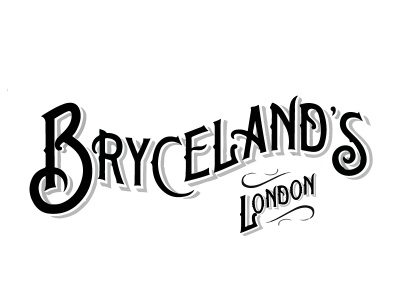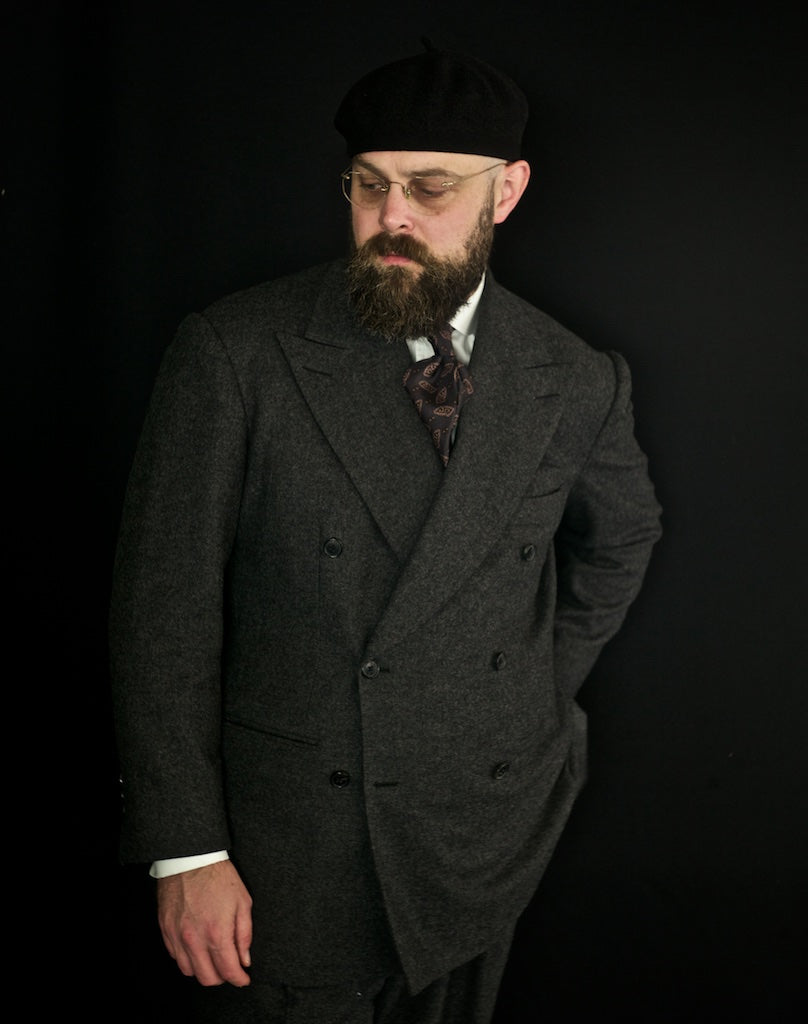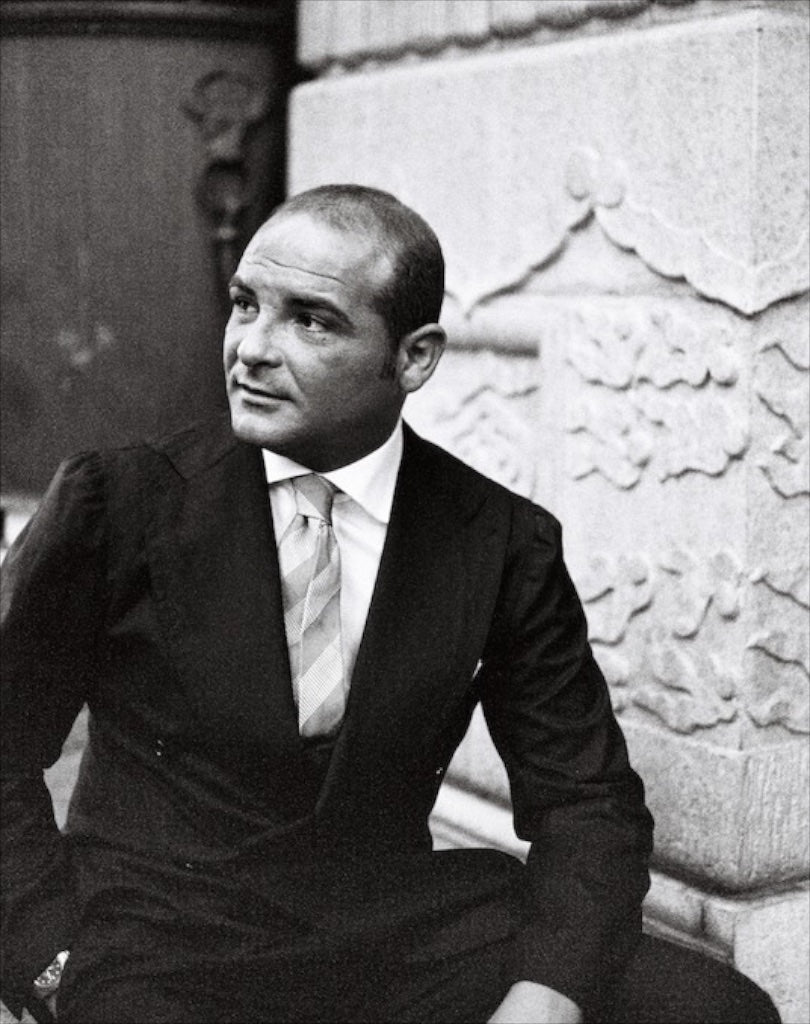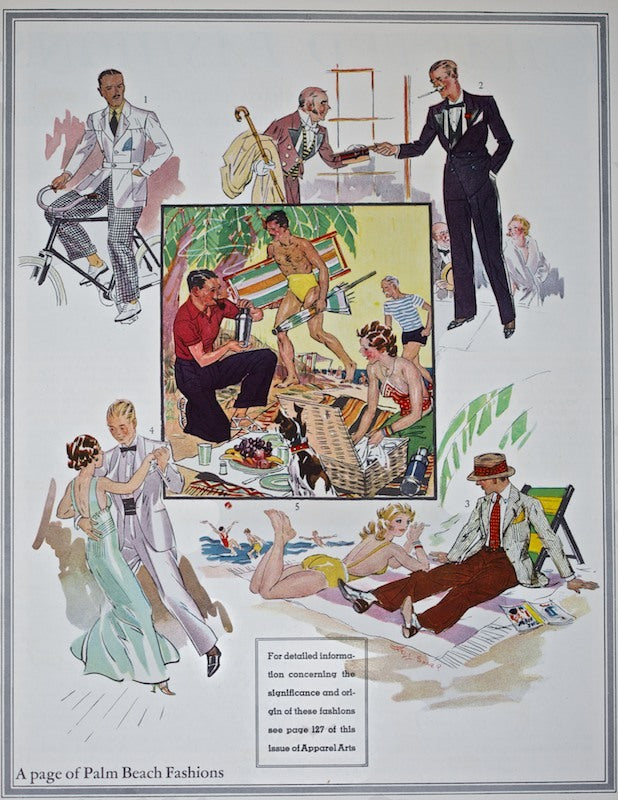Journal
Sweater Washing Tutorial
Written by Cassandra Harada
I have spent most of my life working in wool fresh off the sheep, so I feel completely sure in laundering my garments, and teaching other wool lovers how to care for their own without sending them out for dry cleaning, or the fear of ruining a beloved item.
In praise of hardy cloth
Written by Ethan Newton I have always found some romance in the hardy utilitarian aspect of clothing, be it a pair of denims, a horsehide coat, a tweed odd jacket or a pair of flannels. There is a uniformity to it, a classicism that is beyond reproach, they are all pieces as familiar to us as a chesterfield sofa or a glass coke bottle. Even those of us who have never owned or worn any of these garments, they are such staple pieces of a wardrobe, so often seen in media from film to literature, that they sit comfortably in...
Salvatore Ambrosi - Pantalonaio
Written by Ethan Newton When I first decided to work with Salvatore, many people warned me against him, citing his brash manner and quick temper as reasons why he isn’t someone to trust. But knowing him, having him as my friend as well as someone whose business I work with, i have learnt a lot about him. My initial instincts were right. I have been lucky in life to know many people from all walks of life, some that are diplomats and some that aren’t. I grew up quick tempered myself, and have long been one to take every insult...
Apparel Arts - Spring 1933
Fashion Forecast - Southern Fig. 1- Figure wearing white linen norfolk jacket, with belt stitched all around to vertical pockets, back of jacket is very simple, a straight yoke with gatherings and a long vent from belt to bottom of coat. Slacks are of black and white shepherd check linen; pale yellow broadcloth shirt with round collar attached, pinned; a solid black foulard tie; canary ribbed wool hose and white buck shoes with black rubber heels and soles complete the ensemble. Fig. 2- Figure wearing midnight blue tropical worsted, double breasted dinner jacket; semi soft 2 ½ inch wide...




